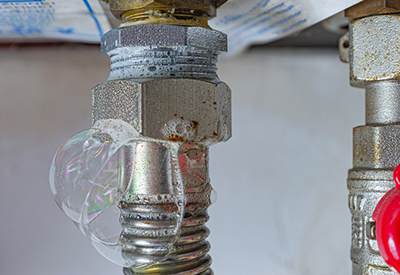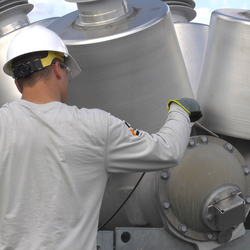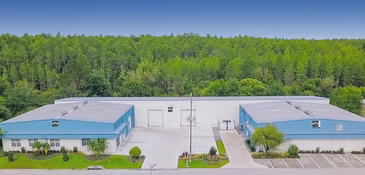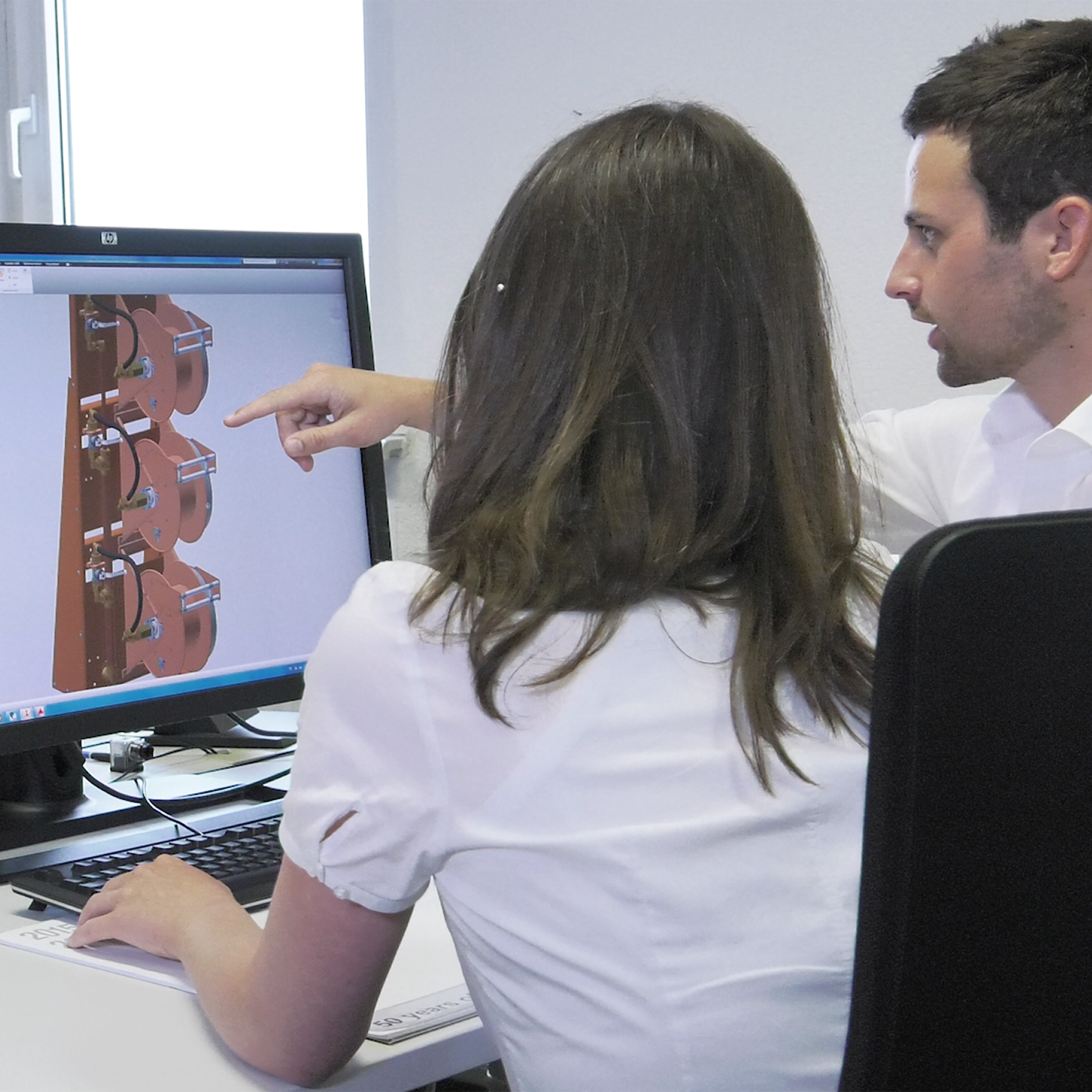A range of gases are utilized in manufacturing, production, distribution, and technology sectors. These gases are aptly called industrial gases, and they include oxygen, hydrogen, nitrogen, helium, and carbon dioxide, among others. While these gases empower innovation and stimulate economies, they pose the risk of leaking in a workspace. Identifying industrial gas leaks quickly is critical to reducing the potential for impactful emissions and health and safety risks. This is especially true with greenhouse gases like carbon dioxide (CO2) and sulfur hexafluoride (SF6).
To adhere to industry regulations and be better stewards of the planet, organizations want to understand safe gas handling to avoid contributing to more emissions. DILO has already explained the SF6 gas leak detection process, but here provides an overview of the procedure for common industrial gases in four steps.

1) Monitor Pressure and Ambient Air
The first step is to assess the pressure and ambient air in the space used for manufacturing. Pressure testing is a common gas leak detection method. During a pressure test, equipment is subjected to a pressure much higher than the standard pressure required for operating. Over a set period, the user monitors the system’s pressure. If it continues to drop, a gas leak is likely.
Ambient air is 78% nitrogen and 21% oxygen, with the remaining 1% including a mix of hydrogen, carbon, helium, methane, and argon. Ambient air monitoring is a technique used for managing air quality. It measures the types and quantities of different pollutants in the surrounding air for continual evaluation of pollutant levels.

Businesses have different options for evaluating air pressure and ambient air pollution.
DILO offers a Gas Safety Monitor to help detect the presence of multiple gases in ambient air through a convenient centralized control display monitor. It features connected Sensors that identify gases such as SF6, SO2, C4-FN, CO2, CO and O2 . It also provides users with key data for ongoing monitoring. This gas safety monitor is intended for indoor or enclosed space usage.
2) Utilize Handheld Sniffer Tools
The next step is to conduct localized leak testing methods on equipment suspected to have leaks. To begin, the user will use handheld leak detection tools with a wand and probe. The sniffer probe is placed over the component’s surface to identify and alarm if a leak is present. This type of gas leak detection is ideal for scouting out micro leaks and is well suited for several applications, including field or controlled environments. Sniffer tools are commonly used in the manufacturing testing, assembly, and rebuild stages of equipment.
Different sniffers may be used for detecting different gases. For example: DILO’s LEAK SPY has two models, one for detecting SF6 gas and one for C4 gases. The LEAK SPY is a battery-operated tool designed for the quick detection and quantification of small leaks. It searches for the concentration of SF6 or C4 to quantify the level of gas leaks in parts per million (ppm). .
The SF6 Leak Pointer is also beneficial for the rapid tracing of small leaks of SF6 gas. Capable of perceiving leaks in seven distinct sensitivity levels, the lightweight, handheld sniffer features a response rate of quicker than one second.
3) Find Leak Location
If a gas leak is found, the next step is to find the exact location and prepare to repair the leak. Approved bubble test solutions should be non-toxic, non-corrosive, and non-flammable, comprising deionized water and a surfactant that can be used to pinpoint the location of a leak. When it interacts with gas leaks, it generates sustained bubbling. This type of bubble test leak indication is a cost-effective option for industrial gas leak detection and offers several benefits:
- Provides a visual indication of which component is leaking
- Identifies leaks in hard-to-reach areas
- Features a corrosion inhibitor for extra protection

It is important to remember that bubble testing should be completed AFTER utilizing handheld sniffer tools. Sniffer probes should not come in direct contact with leak detection liquids.
4) Repair Gas Leaks
At this point, gas leak repair is necessary. As with residential gas leaks, businesses ought not to attempt to repair themselves unless they employ professionals capable of gas leak repair. Instead, they should contact a repair provider specializing in gas leaks. While it depends on the provider's capabilities, small leaks can typically be repaired upon request. Larger gas leaks warrant a more in-depth solution so the business can avoid shutdowns.
Seek Precise Detection of SF6 Gas Leaks from DILO
When industrial gas leaks occur, following the proper procedures to detect, contain, and ultimately eliminate them is essential for maintaining a safe manufacturing facility. The preceding steps help explain general gas leak detection, but proper training is important for ensuring this process is done correctly.
While SF6 is not the only industrial gas to monitor, it is among the most potent greenhouse gases. Organizations handling SF6 gas may wish to consider the training offered through DILO Academy. These accredited virtual courses are created with the needs of working professionals in mind and can be taken at the speed that works best for the student.
In addition to these training courses, DILO employs certified technicians adept in accurately detecting SF6 leaks in gas-insulated equipment. They leverage state-of-the-art tools and techniques for leak detection and can spot leaks as small as 3 ppm.

DILO’s direct service line also includes recovery system repair and service for large gas service carts. This offering ensures equipment stays in prime condition for worry-free use. Technicians also provide hands-on training to help businesses maintain optimal use of their equipment. Altogether, this service can help reduce the likelihood of industrial gas leaks.
Whether you are a government official managing production for the energy sector or ministry, a financial executive at a private electrical utility company, or simply a climate-concerned individual interested in safe gas handling, DILO has the resources you need. Contact us today to learn more about industrial gas leak detection and our services.





